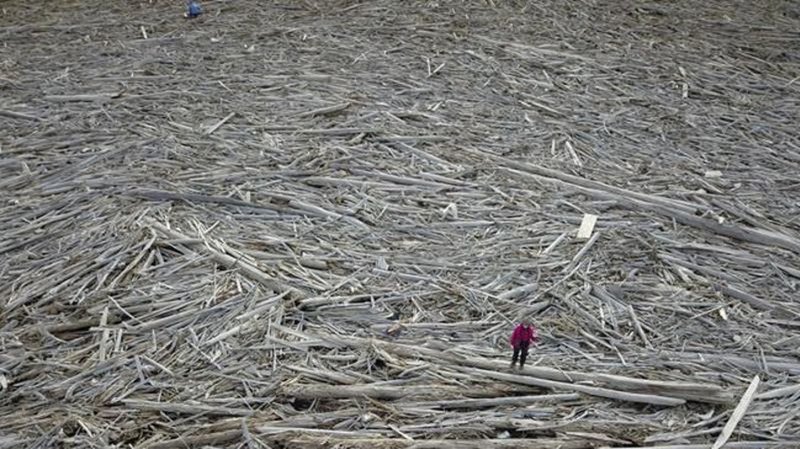
‘Phenomenal’ logjam in the Canadian Arctic stores millions of tonnes of carbon: study
YELLOWKNIFE — Researchers say they have mapped the world’s largest known cumulative logjam in the Canadian Arctic and it holds millions of tonnes of carbon, representing an important but understudied part of the carbon cycle.
A study published in Geophysical Research Letters earlier this month describes how the scientists mapped almost 415,000 individual deposits of wood in the Mackenzie River Delta in the Northwest Territories, with the pileup stretching nearly 52 square kilometres.
The authors calculated the logs collectively store more than three million tonnes of carbon, equivalent to emissions from 2.5 million cars a year.
The single largest deposit covers 112,600 square metres, or around 20 American football fields in area, and stores nearly 6,700 tonnes of carbon.


